When it comes to home decor, one of the most important yet often overlooked details is the decorative trim for walls. As someone who has spent years experimenting with interior design, I can confidently say that the right trim can transform a room from ordinary to extraordinary. In this article, we’ll dive deep into decorative trim, exploring styles, materials, installation tips, and much more.
Understanding Decorative Trim
Decorative trim, also known as molding or casings, refers to the decorative elements used to enhance the aesthetic appeal of walls, ceilings, and even furniture. It’s a versatile design feature that can add personality and style to any space.
Types of Decorative Trim
There are several types of decorative trim. Each serves a unique purpose and can dramatically change the overall look of a room. Below are the most popular types:
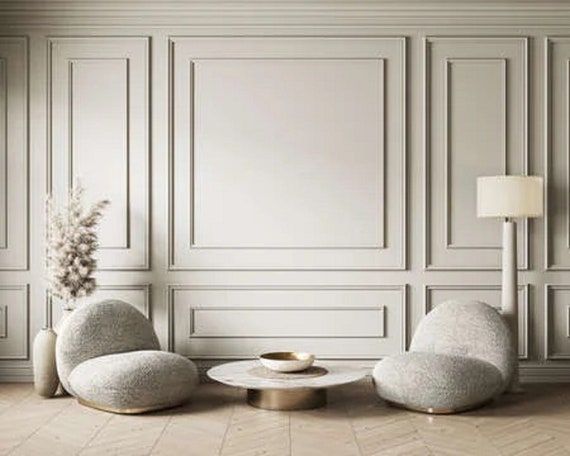
- Crown Molding: Installed at the junction of walls and ceilings, crown molding adds elegance and height to a room.
- Baseboards: These run along the base of walls and protect them from damage while providing a finished look.
- Chair Rails: Positioned at about one-third the way up the wall, chair rails help break up wall color and protect the walls from furniture scratches.
- Picture Rails: Used to hang artwork without damaging the walls, picture rails add a unique design element.
- Wall Paneling: This involves covering the lower part of a wall with panels for a more traditional look.
Comparison of Decorative Trim Types
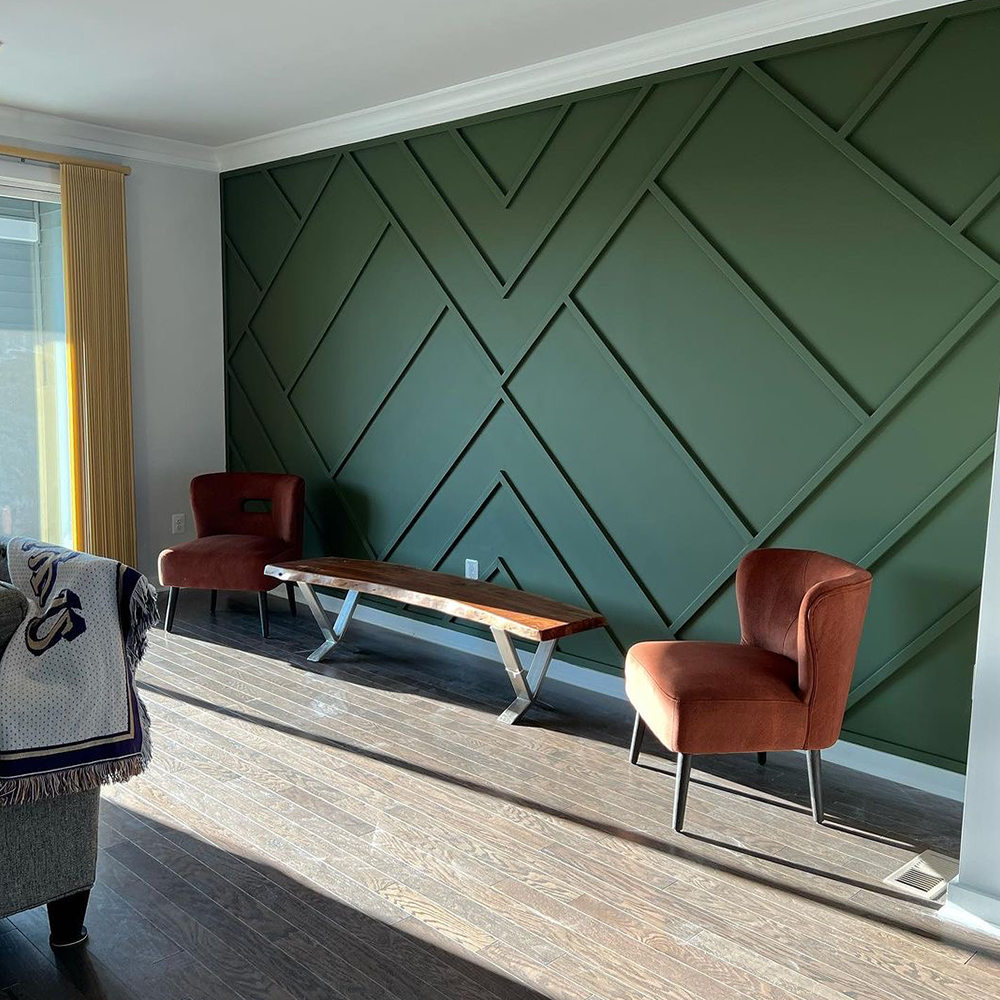
| Type of Trim | Main Purpose | Style | Material Options |
|---|---|---|---|
| Crown Molding | Add vertical interest and elegance | Traditional, Modern, Lattice | Wood, MDF, Polyurethane |
| Baseboards | Protect walls and provide a finished look | Classic, Contemporary | Wood, MDF, Vinyl |
| Chair Rails | Protect walls and divide wall color | Traditional, Vintage | Wood, MDF, PVC |
| Picture Rails | Hang artwork without damage | Classic, Artistic | Wood, Metal |
| Wall Paneling | Add texture and warmth | Rustic, Traditional | Wood, Panelboard, MDF |
Choosing the Right Trim for Your Space
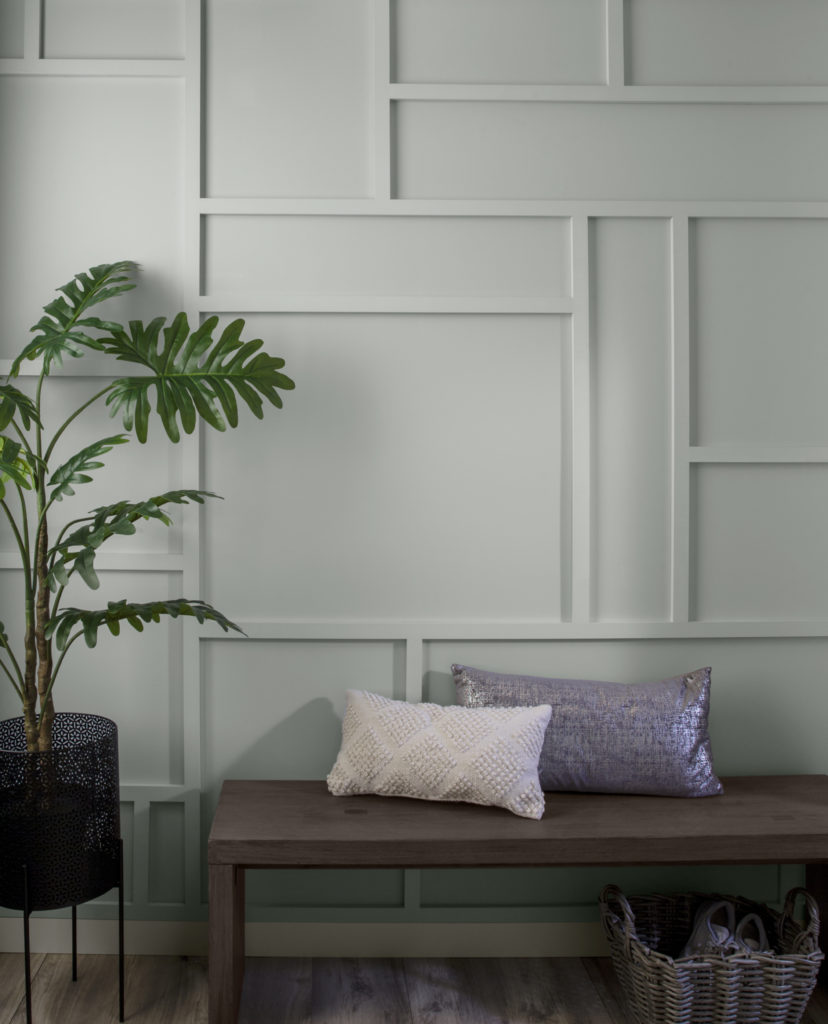
Selecting the perfect decorative trim involves considering the size of the room, the height of your ceilings, and your personal style. Here are some tips based on my experience:
Room Size and Ceiling Height
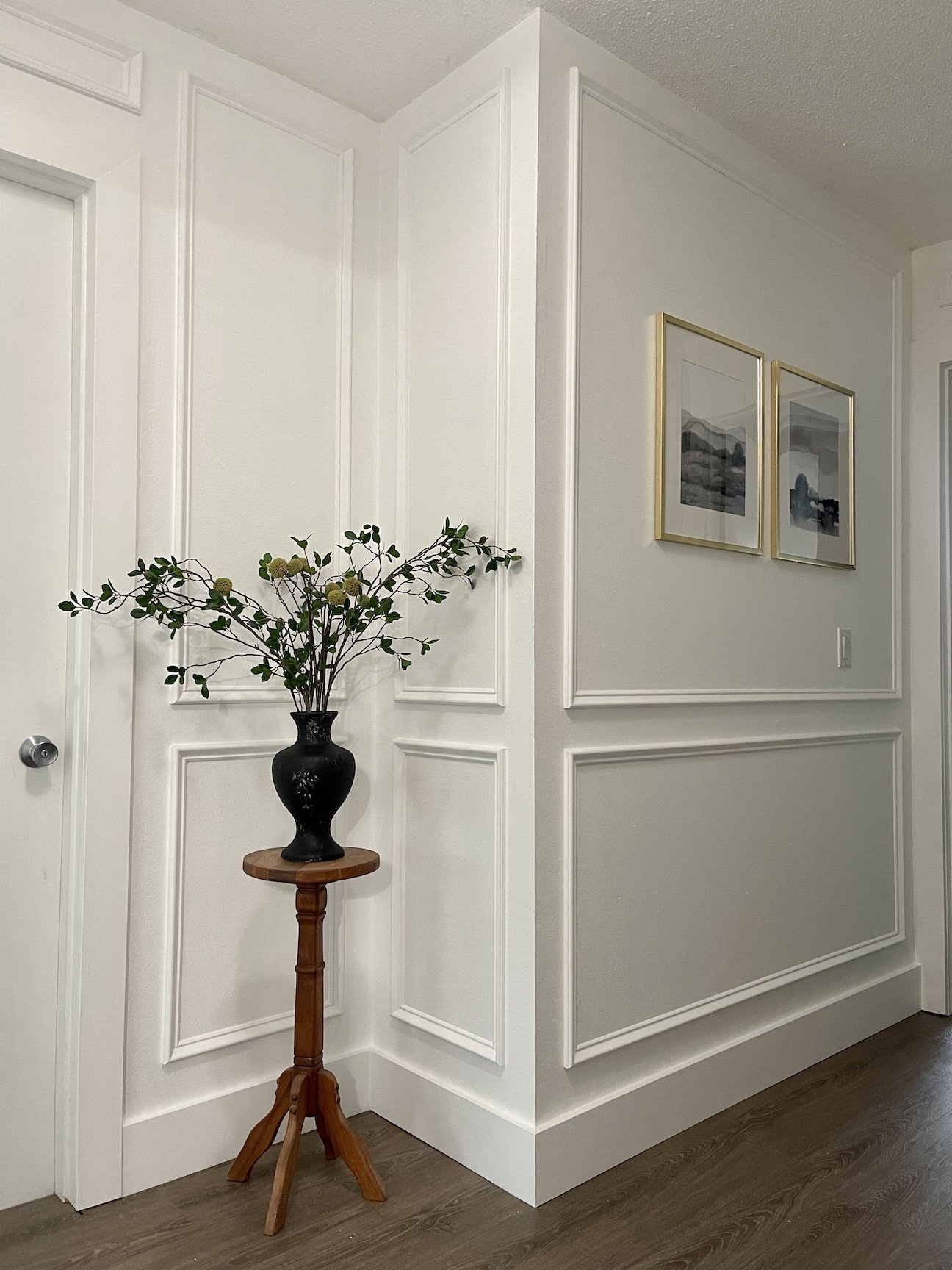
In a smaller room, opt for a simple trim style and be cautious with height. Here’s a quick guideline:
- Low Ceilings: Use shorter and simpler trims to avoid overwhelming the space.
- Tall Ceilings: You can afford to use larger, more ornate trim to draw the eye upward.

Style and Theme
Your home’s overall aesthetic should dictate your trim choices. Here are some common themes and suitable trims:
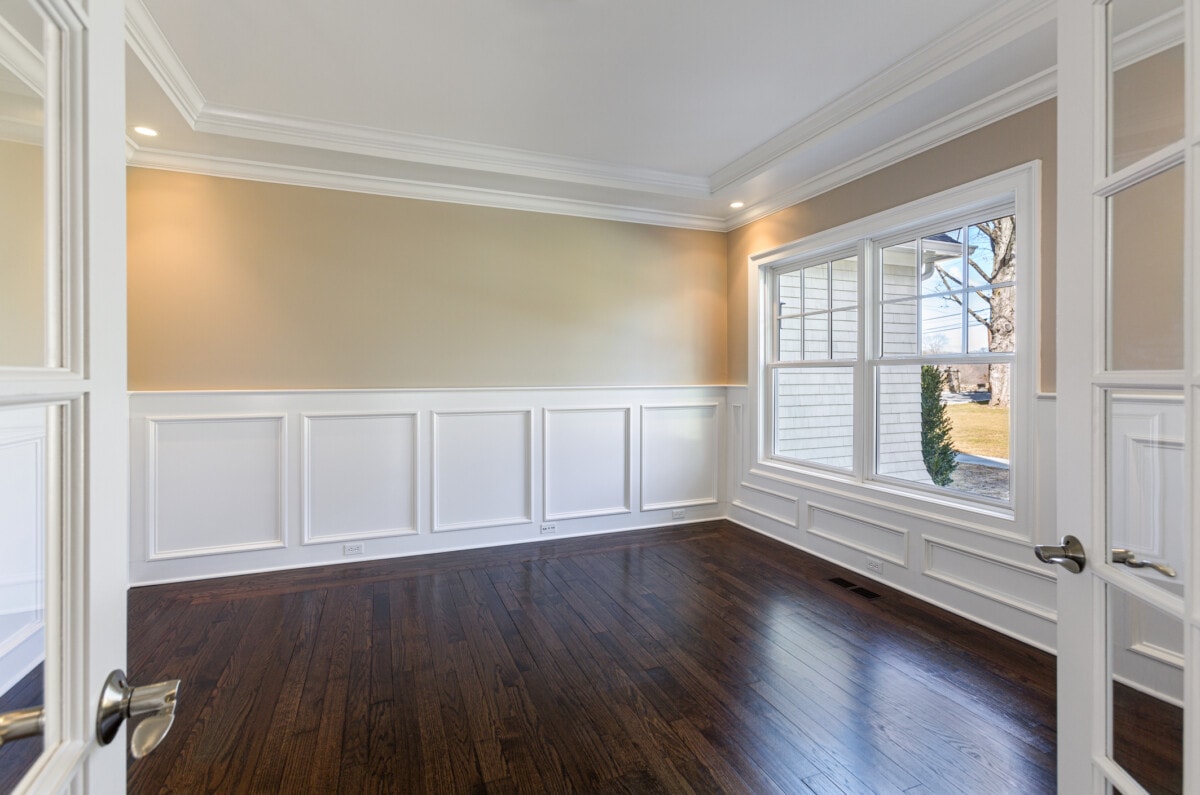
- Modern: Clean lines and minimalistic designs, such as flat baseboards and simple crown moldings.
- Traditional: Ornate and detailed trims, such as elaborate crown and chair rails.
- Rustic: Raw wood trims or reclaimed materials that add texture and warmth.
Personal Experience

During my recent home renovation, I struggled to find the right trim for my kitchen. I went with classic crown molding, which not only elevated the space but also complemented the modern farmhouse look I was aiming for. A tip from my journey: Stick with a trim style that resonates with you, and don’t be afraid to mix and match different types for a more personalized look!
Materials Used in Decorative Trim
Choosing the right material for your trim is crucial for both aesthetics and durability. Below are some common materials used in decorative trim:
Wood
Wood is a classic choice for trim. It offers warmth and can be stained or painted to match your decor. However, it can be more expensive and requires maintenance to prevent warping.
MDF (Medium-Density Fiberboard)
MDF is a popular alternative to wood, offering a smooth finish that’s easy to paint. It’s more cost-effective but may not be as durable as solid wood.
Polyurethane
This foam material is lightweight, resistant to moisture, and often used for intricate designs. It’s a great choice for crown molding in bathrooms or kitchens.
Vinyl
Vinyl is often used for baseboards in high-moisture areas like bathrooms and kitchens. It’s durable, easy to clean, and resistant to damage.
Pros and Cons of Different Trim Materials
| Material | Pros | Cons |
|---|---|---|
| Wood | Classic look, durable, can be stained | Expensive, can warp in moisture |
| MDF | Cost-effective, smooth finish, easy to paint | Less durable, prone to damage |
| Polyurethane | Lightweight, moisture-resistant, intricate designs | Can be more expensive than MDF |
| Vinyl | Durable, easy to maintain, moisture-resistant | Less traditional look |
How to Install Decorative Trim
Installing decorative trim can seem intimidating, but with the right tools and techniques, it’s an achievable task for DIY enthusiasts. Here’s a step-by-step guide based on what worked best for me:
Tools You Will Need
- Measuring tape
- Miter saw
- Nail gun or hammer
- Wood glue
- Pencil
- Level
- Caulk
- Paint or stain (if desired)
Step-by-Step Installation Guide
- Measure Your Space: Use a measuring tape to determine the lengths needed for your trim.
- Cut the Trim: Using a miter saw, cut the trim to the necessary lengths. For corners, be sure to make 45-degree cuts for a seamless fit.
- Dry Fit: Before attaching, place your trim against the wall to ensure it fits well. Make any necessary adjustments.
- Attach the Trim: Use a nail gun or hammer to securely attach the trim to the wall. Apply wood glue for added stability.
- Fill Gaps: Use caulk to fill any gaps between the trim and wall. This will create a clean look.
- Finish: Once your trim is attached and the caulk is dry, paint or stain it as desired.
Tips for a Smooth Installation
Here are a few tips I’ve learned along the way:
- Always measure twice to avoid costly mistakes.
- Use a level to ensure your trim is straight.
- Take your time with caulking for a professional finish.
Maintaining Your Decorative Trim
Once your decorative trim is installed, maintaining it is essential to keep it looking its best. Here are some maintenance tips:
Cleaning Your Trim
Regularly dust your trim with a soft cloth or duster to prevent buildup. For deeper cleaning, a damp cloth with mild soap will do the trick. Avoid harsh chemicals that could damage the finish.
Checking for Damage
Keep an eye out for any signs of damage, particularly in areas near moisture. Prompt repairs will prevent further issues.
Repainting or Restaining
Depending on the material, you may need to repaint or restain your trim every few years. This can renew its look and protect the material.
Conclusion
Incorporating decorative trim into your home decor can significantly enhance its aesthetic and value. With the right selection, installation, and maintenance, you can enjoy beautiful, lasting results that reflect your personal style. Whether you choose classic crown molding, contemporary baseboards, or rustic wall paneling, the possibilities are endless.
Remember, creating a beautiful home is a journey, and every detail counts. Don’t shy away from experimenting with different styles and materials. Happy decorating!
FAQs about Decorative Trim for Walls
What is the best material for decorative trim?
The best material for decorative trim depends on your budget and the look you want to achieve. Wood offers a traditional look, while MDF provides a cost-effective and smooth alternative. Polyurethane is great for intricate designs, and vinyl is perfect for moisture-prone areas.
How high should crown molding be installed?
Crown molding is typically installed around 7 to 9 inches from the ceiling, but it depends on your ceiling height. In rooms with higher ceilings, opt for taller crown molding to create balance.
Can I install trim myself?
Yes! With the right tools and some patience, many homeowners can successfully install decorative trim themselves. Follow a step-by-step guide, measure carefully, and take your time. If you’re uncertain, consider hiring a professional.
How do I choose the right style of trim for my home?
Consider the overall design theme of your home. Traditional homes often look great with ornate trims, while modern spaces benefit from simpler lines. It’s also important to consider the scale of the room and your personal aesthetic.
What is the average cost of decorative trim installation?
The cost can vary significantly based on material and labor. On average, homeowners might spend between $2 to $7 per linear foot for materials, plus additional costs for installation, which can range from $50 to $100 an hour for professional help.